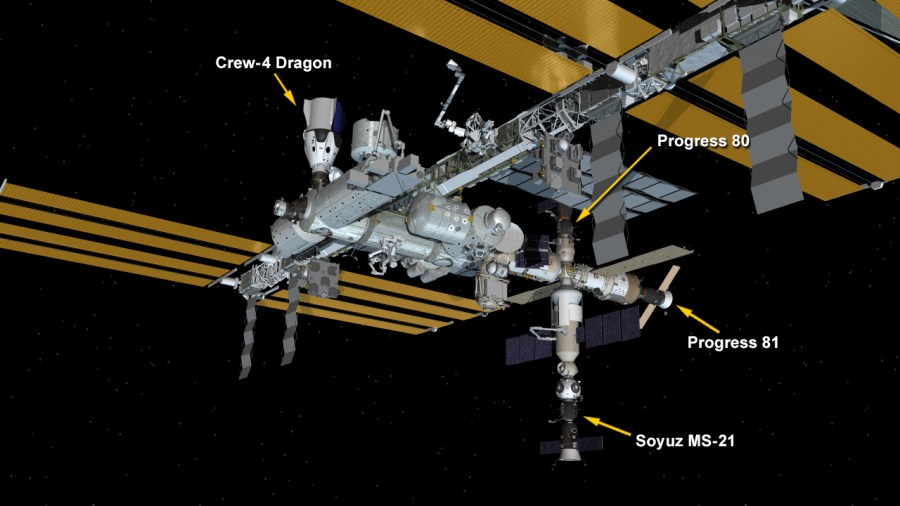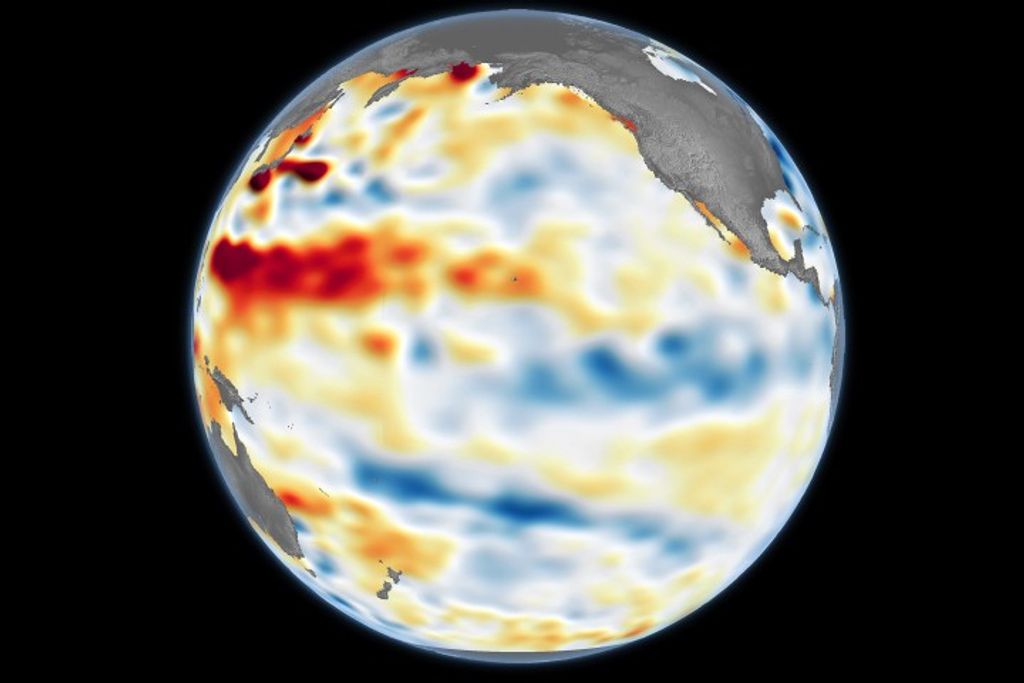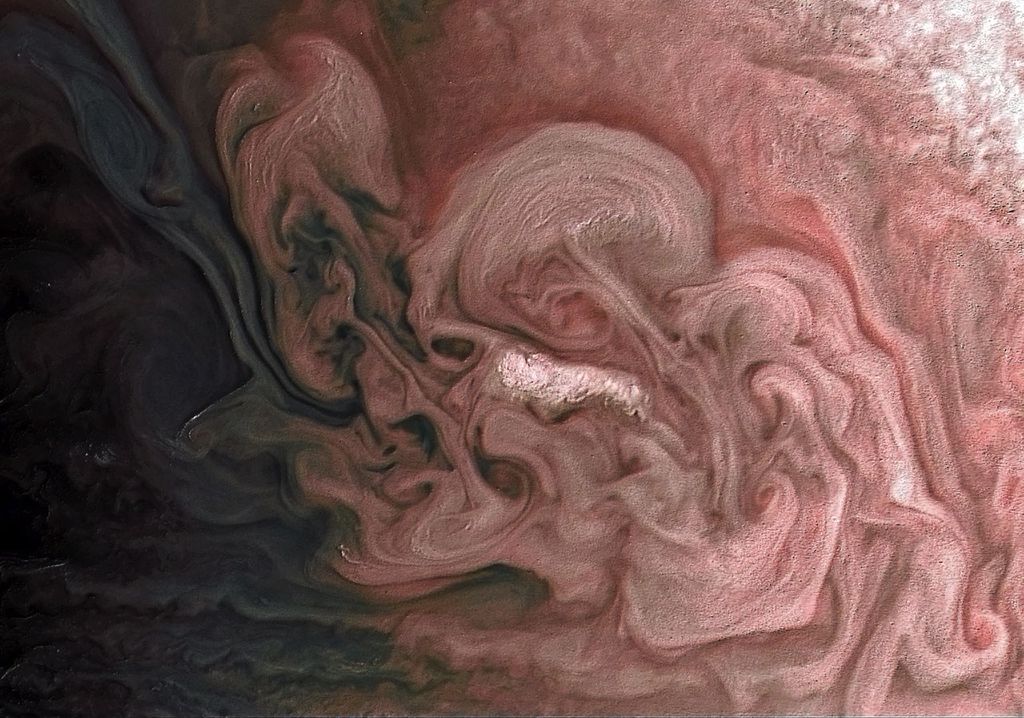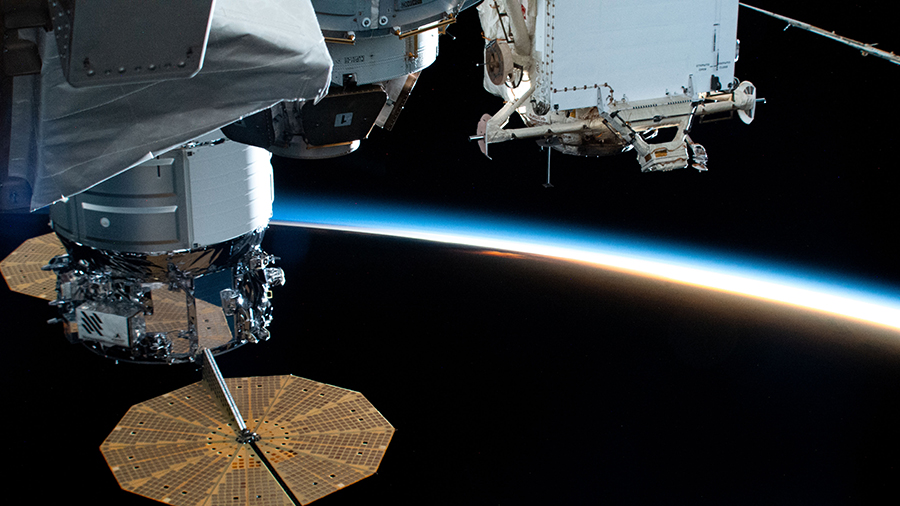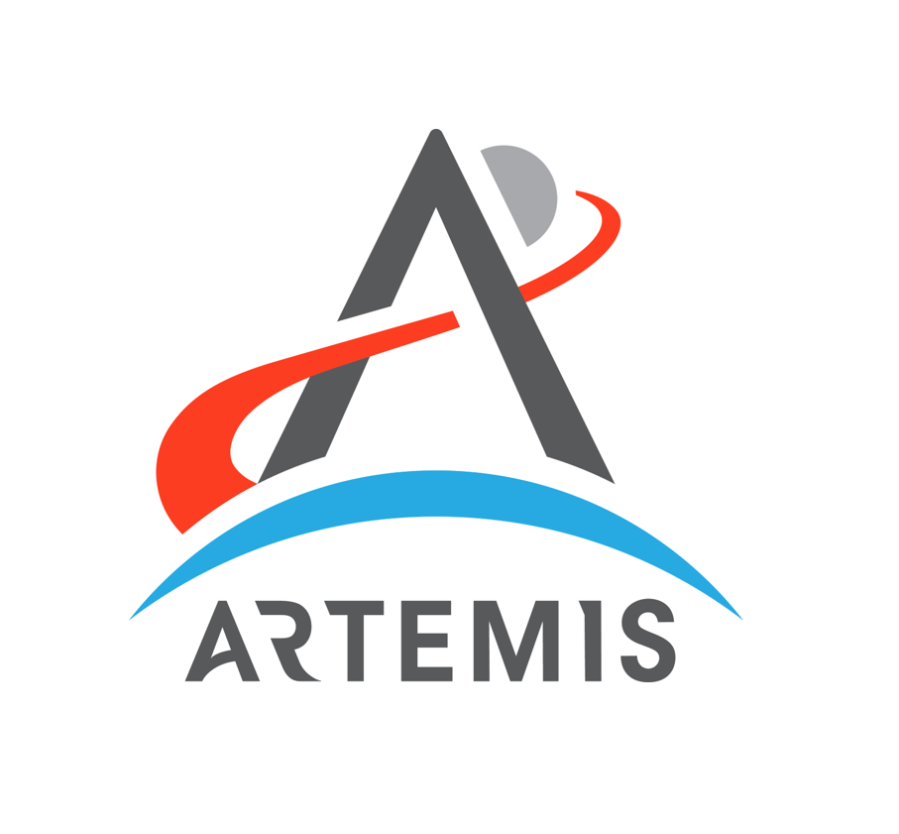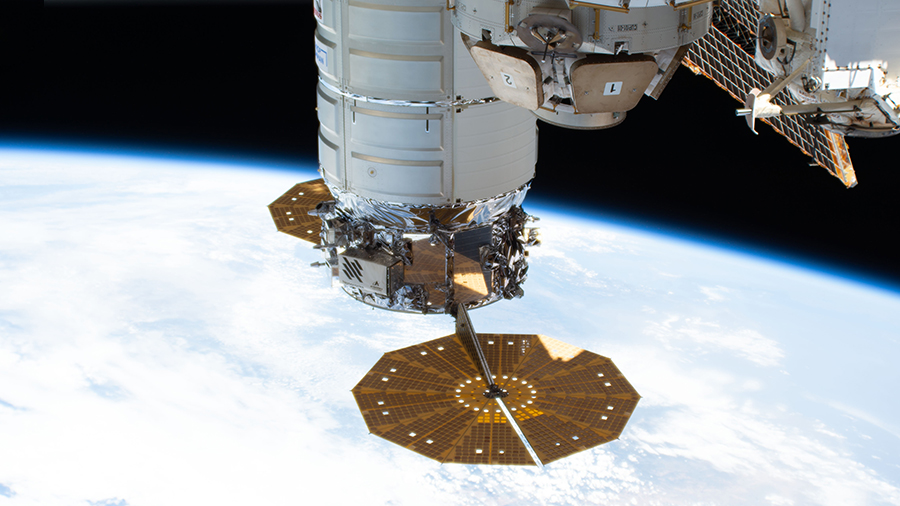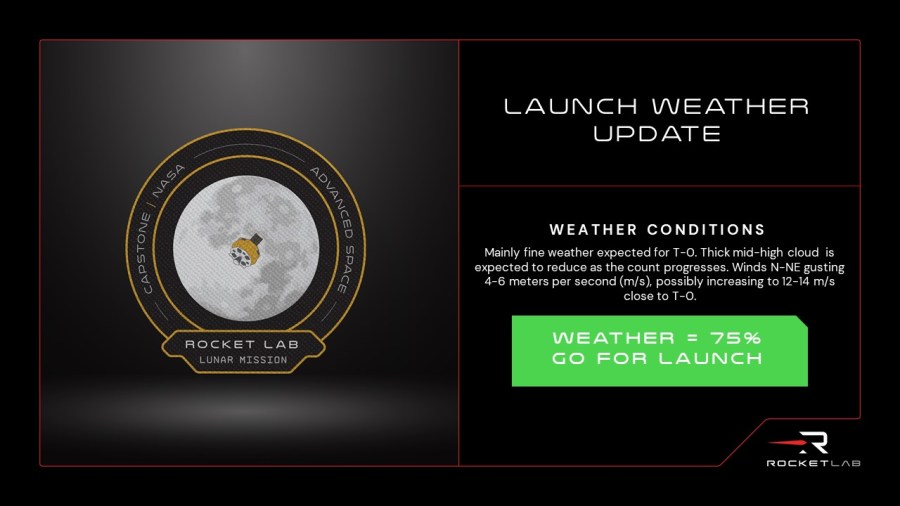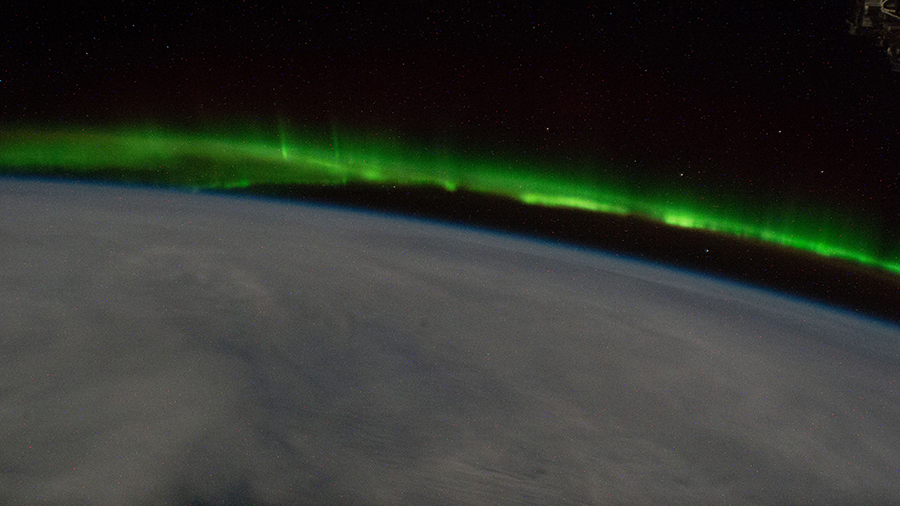At 7:07 a.m. EDT, flight controllers on the ground sent commands to release the Northrop Grumman Cygnus spacecraft from the Canadarm2 robotic arm after earlier detaching Cygnus from the nadir port of the International Space Station’s Unity module. At the time of release, the station was flying about 260 miles over the Pacific Ocean. The …
Cygnus Completes Station Mission After Four Months
